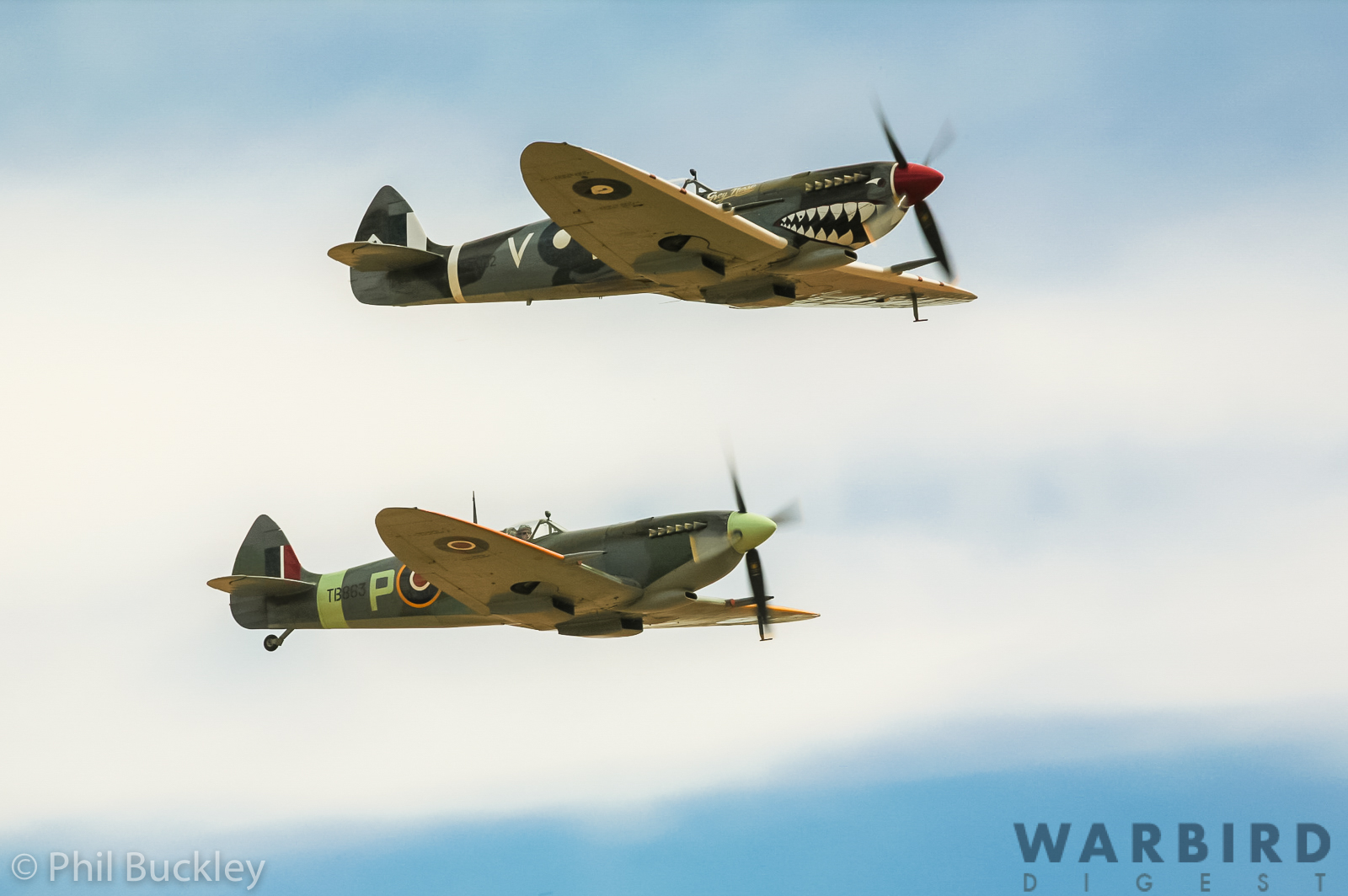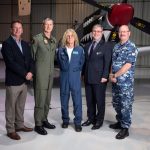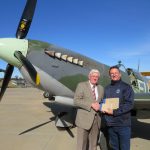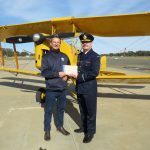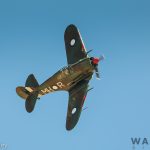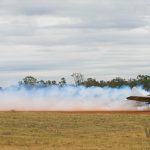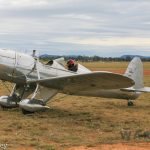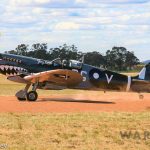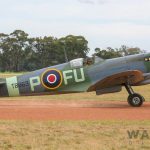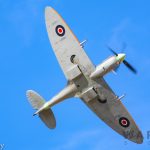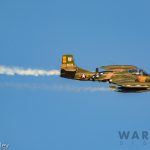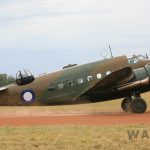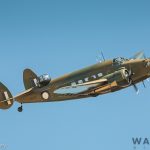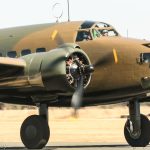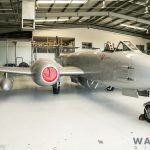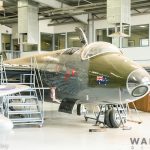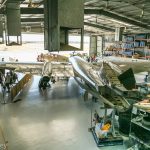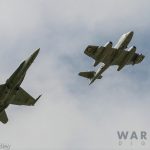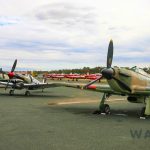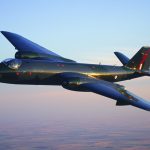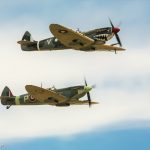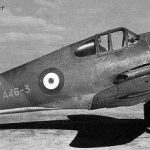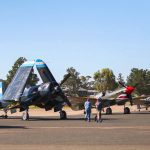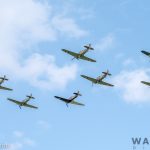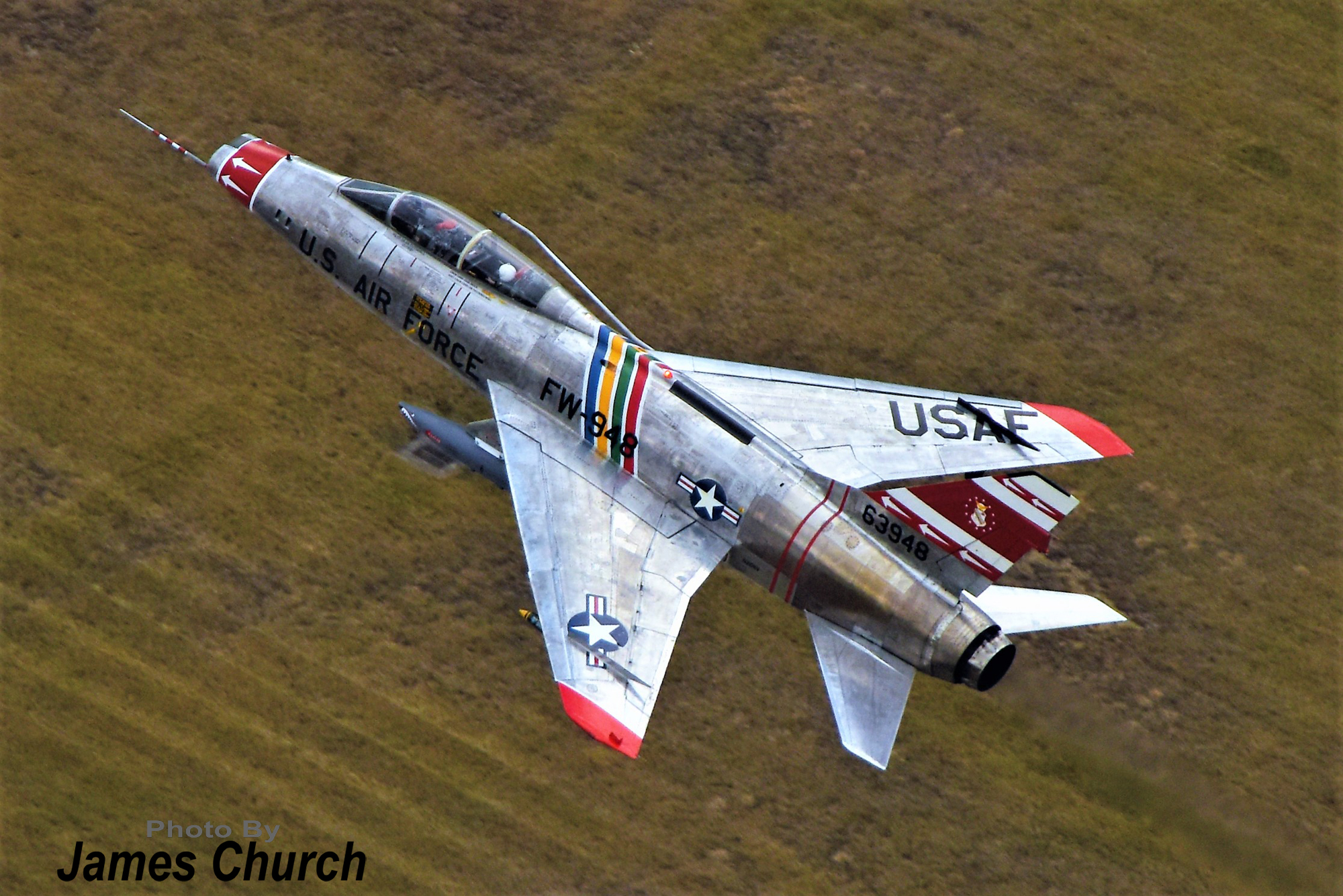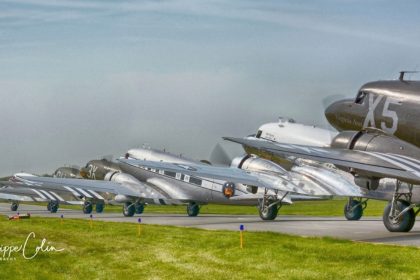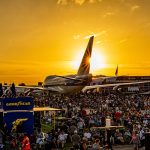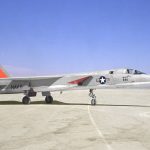In an unusual deal, the Temora Aviation Museum (TAM) has gifted the Royal Australian Air Force (RAAF) with the ownership of eleven airworthy warbirds from their collection. The deal will help secure the continued operation of these aircraft for the foreseeable future, all of which will remain based in Temora and on public display with the museum. This opportunity will also provide a fleet of important historic types, along with the requisite funding, to properly celebrate the RAAF’s centenary across Australia in 2021. The aircraft included in the deal feature the following airframes.
Supermarine Spitfire Mk.XVI TB863
Supermarine Spitfire Mk.VIII A58-758
Cessna A-37B Dragonfly 68-10805
Cessna A-37B Dragonfly 68-10779
Ryan STM S2 VH-RSY
CAC CA-13 Boomerang A46-122
de Havilland DH.82A Tiger Moth A17-691
Lockheed Hudson A16-112
CAC CA-16 Wirraway A20-653
English Electric Canberra TT.18 WJ680
Gloster Meteor F.8 VZ467
The RAAF press release continues below with more of the story…
To preserve Australia’s military aviation history, Air Force has proudly assumed custody of 11 historic military aircraft gifted by the Temora Aviation Museum on 1 July.
A ceremony was held at the museum on 1 July to celebrate the ownership transfer of Spitfires, Hudson, Boomerang, Ryan, Wirraway, Dragonfly, Canberra, Vampire, Meteor and Tiger Moth aircraft.
Air Commodore Glen Braz, Commander of Air Force Training Group acknowledged this new and strong relationship and thanked Mr David Lowy, founder of the museum for his generous donation.
“Air Force is proud to receive the collection on behalf of the Australian people and we look forward to honouring those who served with and supported the aircraft in the past,” Air Commodore Braz said. “We know this remarkable fleet will inspire an interest in aviation among Australians and remind people of an important part of the Australian wartime history.”
The museum will continue to offer an inspiring visitor experience as it has done for many years and visitors will notice very little change. “This historic aircraft will remain in Temora under the care of the museum,” Air Commodore Braz said. “The aircraft will be maintained and supported by the expert engineering and technical staff of Temora Aviation Museum Engineering Pty Ltd (TAME) under a 5 year rolling contract from Air Force. The contractual arrangement ensures the aircraft are maintained to exacting Civil Aviation Safety Authority and Australian Warbirds Association Limited standards whilst also supporting the continued operation of TAME as a regional aerospace engineering company delivering first class support in Temora.”
To assist with the transition, Warrant Officer Cary Thompson has been appointed as the Technical Liaison Officer – Temora to facilitate ongoing contract management and local support. “The opportunity to work with Andy Bishop, the Chief Engineer, his team of Maintenance Engineers and the Temora Aviation Museum staff is fantastic,” Warrant Officer Thompson said. “The engineering challenges and day to day issues that Andy and the team overcome to keep these wonderful aircraft flying safely, is testament to their professionalism and resourcefulness.”
The aircraft are currently flown by a small group of experienced pilots and will continue to be flown by these pilots, who have accepted appointment to the Air Force Reserve as Specialist Capability Officers.
Air Commodore Henrik Ehlers, from Air Force’s Special Projects Team said Temora was home to a noteworthy aviation history with close connections to the Air Force. “Air Force set up the No.10 Elementary Flying Training School in May 1941, which was the largest and longest-lived of the schools established under the Empire Air Training Scheme during World War II. More than 10,000 personnel were involved in operation of No.10 Elementary Flying Training School, who contributed towards the training of more than 2,400 pilots. The School at its peak had 97 de Havilland Tiger Moth aircraft used for training purposes and it wrapped up operations on 12 March 1946. After World War II, Temora continued its aviation heritage by running a number of activities including parachuting, gliding, ultra-light aircraft operations, aerobatics and model aircraft. Temora Aviation Museum was incorporated in late 1999 and officially opened to the public in June 2000.”
The fleet of aircraft will play a key part in Air Force’s centenary celebration in 2021, and the collaboration between Air Force and the museum signifies mutual commitment to Australia’s rich aviation history.
Many thanks indeed to Phil Buckley. Phil has been an outstanding supporter of our organization for many years, and provided many of the images for us in this piece. It is always a pleasure to showcase his efforts!







